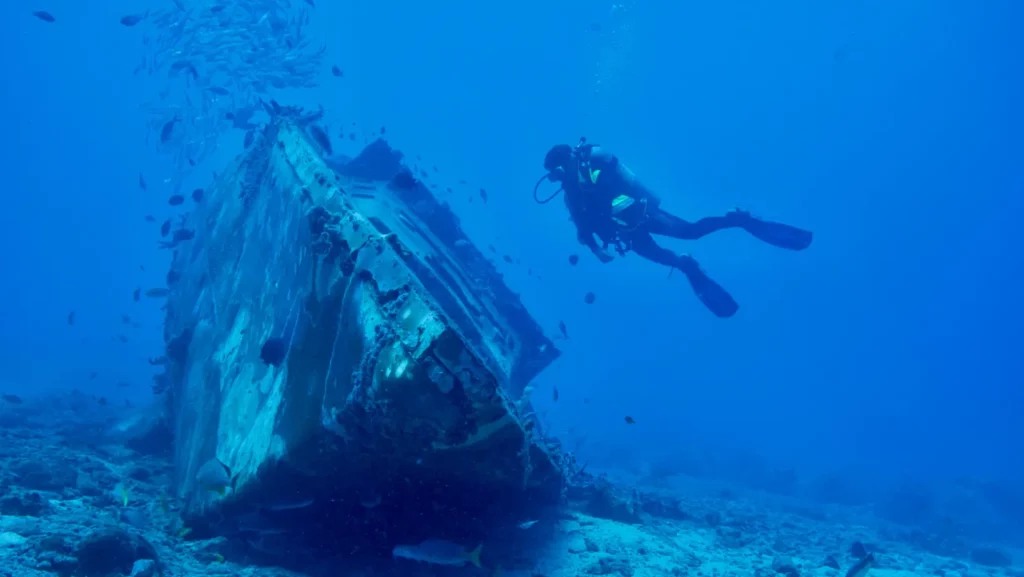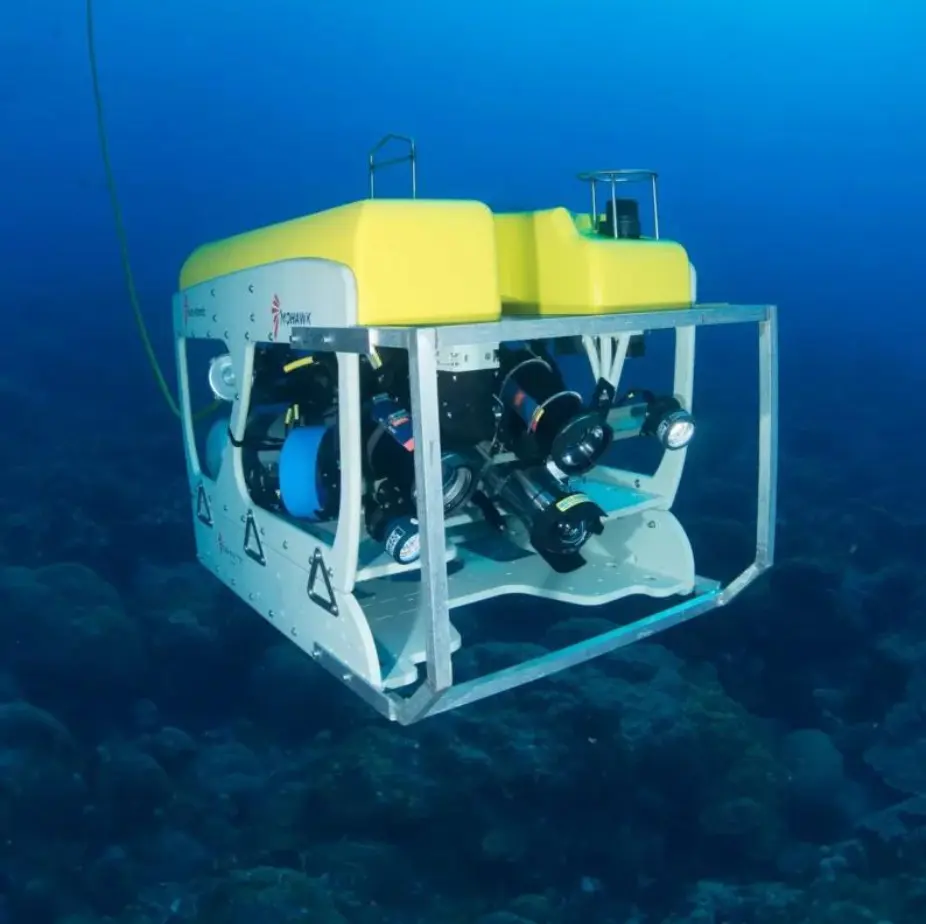Sea Mines: The Story of Underwater UXO
Sea mines have been a central part of naval history, from fighting pirates to their use in the Vietnam War.
With each conflict, these mines have become more and more sophisticated, however, hundreds of thousands of them have not exploded and pose a significant risk to maritime security and human life.
With state-of-the-art technology and a Navy-trained diver team, Brimstone works to clear underwater areas of these conflict legacies.
Diving Into The History
The origins of sea mines trace back to ancient times, with China’s use of these explosive devices against pirates in the 14th century. Over the years, mines have been employed for various purposes, including ship destruction, denying access to specific areas, and confining enemy vessels.
Notable examples include the Allied forces’ deployment of approximately 70,000 mines in World War I to counter German U-boats and the strategic use of mines by the US to impede Japanese shipping routes. The fear of encountering a mine was often more successful than the actual device, preventing enemy ships and submarines from leaving the safety of the harbour.
Sea mines have evolved dramatically over time, with modern devices featuring self-sterilisation functions and advancements like smart mines capable of distinguishing between military and civilian ships.

The Lingering Threat
Despite technological advancements, the extensive use of sea mines throughout history has left a troubling legacy. Sea mines pose a persistent risk, capable of causing significant damage even decades after their initial deployment or when washed ashore.
Minesweeping ships were historically used to clear marine areas, but today, organisations like Brimstone rely on cutting-edge technology and experienced diver intervention to tackle this underwater hazard.
Understanding Types of Sea Mines
Sea mines fall into three broad categories based on their placement and behaviour. They can be laid by aircraft, submarines or ships, the latter being an economical method for laying protective barriers around a shoreline.
Bottom mines are designed to sink to the seafloor, typically in shallow areas where they can be easily triggered by passing vessels.
Moored mines, on the other hand, float while being attached to a tether or secured in place by a heavy weight. However, they can become detached and wash up on or near shores, posing a significant risk.
Drifting mines, the most dangerous and unpredictable type, float freely on the water’s surface and explode upon contact with a ship. These have been outlawed by the Hague Convention, reducing the likelihood of encounters with drifting mines.
There are of course many more types of sea mine, such as limpet mines, influence mines, and anti-sweep mines. The list goes on and on!
Clearing Marine Areas
Brimstone works to keep your marine projects free from these various types of underwater UXO. Employing a range of innovative methods, such as sonar scanning and magnetometry, we create detailed seabed images and detect ferrous metals present in naval mines.
Diver intervention plays a crucial role as well, with Brimstone’s marine project team boasting 200 years of collective diving experience. Each project is supervised by diver medic technicians and overseen by former clearance diver personnel from the Royal Navy.
When conducting projects at risk from sea mines, partnering with Brimstone guarantees swift action and minimal delays, safeguarding both lives and marine ecosystems.

Get In Touch
The presence of sea mines continues to pose a significant hazard to maritime activities and coastal communities. Through historical insights, an understanding of mine types, and the essential work of organisations like Brimstone, we can mitigate the dangers associated with underwater UXO. By striving for comprehensive clearance and ongoing monitoring, we can navigate the seas with greater safety and ensure a more secure future for our oceans.
Should you have any questions about marine UXO support for your project, get in touch with us by filling out a contact form.
Keep up to date with Brimstone UXO by following us on Facebook, Instagram, Twitter, LinkedIn and YouTube.